The Mythical Valley of "HAR KI DUN"
6 NIGHTS/7 DAYS
3749 Meters
Moderate
57 KM
July-Nov, April- June
20
Often known as the Valley of Gods, Har ki Dun is a journey to a mystical civilization deep inside the Govind Panshu National Park. This valley lies on the outskirts of Uttarakhand state and shares a border with the Baspa Valley of Kinnaur District, Himachal Pradesh.
Har ki Dun is a quite popular attraction among most of the trekking community. The valley was known to the outside world when a Britisher named Jack Gibson, who was a teacher at Doon School, explored this place and shared his experience with other adventurers in his community. Lesser known is the fact that one of the first mountaineers to ascend the world’s highest peak, Mount Everest, Tenzing Norgay, climbed Bandarpunch in this region as part of the Jack Gibson Team. Jack Gibson was very fond of this valley; a memorable span of his life was spent here enriching the local culture and educating young people about mountaineering.
The trek presents a beautiful landscape of thousand-year-old villages, rumbling waterfalls, a proximate view of snow-capped Himalayan peaks, and a diversity of prosperous flora and fauna in the valley. We cross thousand-year-old villages like Gangad and Osla, which are still out of connection with the outer world. Osla is the last village and a key attraction for most trekkers in the valley, due to its scenic location. Every village in the Valley has a wooden temple dedicated to Lord Someshwara. Locals have a strong belief in Lord Someshwara. Many myths state that the Lord Someshwara temple is dedicated to Duryodhana, and others believe it is devoted to Lord Shiva. Some of the prominent Himalayan peaks like Black Peak, Bandarpoonch, Har ki Dun Peak, Swargarohini, and Hata Peak can be glimpsed from this trek.

Sankri

Dehradun Railway Station

Dehradun

Jolly Grant Aiport

(Summers-25° Max/ 10° Min) (Winters-18° Max/ -5° Min)

Sankri: Jio Networks are available. During trek no networks are available.

Sankri is the last point that has electricity. Note: Most of the electricity is extremely intermittent and can be absent for most part of the day during winter/late summer (when monsoon starts to set in)

Purola, on the way to sankri has last ATM Note: Most of time ATM in hilly regions are not functioning.
Day 1: Dehradun to Sankri
We pick up all the participants from Dehradun Railway Station around 6:00 AM. After a short briefing, the scenic drive to Sankri begins. This amazing road trip gradually transitions from the straight city roads to the zigzag bends of Mussoorie – “Queen of the Hills,” located 32 km from Dehradun City. As we approach Mussoorie, you will witness a beautiful view of the Doon Valley. The astonishing beauty of this small city, surrounded by dense forests and the lower Himalayan range, is hard to describe in words.
We cross popular hill towns like Nainbagh, Damta, Naugaon, Purola (where the Kamal Ganga flows alongside the route), Mori, and Natwar (confluence of Rupin and Supin) on our way to Sankri. After Purola, the drive to Sankri passes through a beautiful stretch of pine forests.
Finally, after the long drive of 9 hours, we will reach Sankri by evening. Nestled at an elevation of 6400 ft, Sankri is a quaint village as well as a small market with a couple of shops. Most of the shops retail warm clothes, trek essentials, and rental gear. Sankri is the base camp for many popular as well as unexplored treks in Govind Pashu Wildlife Sanctuary. This region is a delight for beginners starting their trekking experience and also for professionals looking to boost their endurance with some of the most challenging trails in India.
Today’s accommodation and dinner will be in a guesthouse/homestay in Sankri or Saud. After a short briefing about the next day’s schedule, we head towards our allotted rooms.
Day 2: Sankri to Chilurgad
Post breakfast, we start today’s journey. We board a local vehicle from Sankri to reach Taluka, the starting point of the Har ki Dun Trek. After a thrilling one-hour ride through the curvy and bumpy roads, the vehicle drops us near the Taluka village.
Taluka is a small village with a few shops and government guest houses. The trek begins here, starting from a narrow rocky path. The fragrance of cedar trees can be felt around Taluka. The trek begins from a well-marked trail along the Supin River on our left. The intense tone and gushing rapids of the river make our journey more fascinating.
During the summer season, one can spot huge farmlands covered with Chaulai, a local crop. The trek stretches with little ascents and descents, making the trail easy as well as a bonus for today. After walking for a distance, we spot a tiny settlement on the ridge, known as Datmer Village. Several paths can be discovered to reach Datmer village. A beautifully sculpted wooden bridge, known as Baranti Pull, often crossed by locals to collect wood stock, can be seen. Trees like walnut, maple, and oak are most common on this trail. One can find walnuts lying on the trail during the autumn season.
As soon as we reach Chilurgad, tents can be seen pitched at a distance. The camping site offers a graceful view of little streams that merge into the Supin River. Enjoy the chilly evening with sips of tea and a view of grand peaks covered with snow.
Day 3: Chilurgad to Seematra
Osla village can be seen from the Chilurgad campsite, cradled on the cliff across the roaring Supin River. From Chilurgad, the route to reach Osla village is linked by a neat wooden bridge. Osla is the last village on the route to Har ki Dun and a key attraction for every explorer visiting this valley. The landscape of the alluring village is surrounded by snow-capped peaks and terraced farms. Each season delivers varied complexions about the elegance of the habitat. During the late monsoon, the area blooms with a local crop known as Chaulai. This red crop turns pink with time and adds a magnificent color around the territory. As you move further and walk out of the village territory, you can spot a magnificent waterfall at a distance. The splendid view of the waterfall is a perfect delight to look at. Moving ahead on the trail, a small temple devoted to Kanda Rani can be glimpsed. The climb turns up to a steep slope after we cross the last tea point. Soon we reach a huge camping ground, Kalkatidhar, which was earlier used by the locals as farmland; the treeline cannot be noticed in this part of the wide meadow. Kalkatidhar is large pastureland that offers an eye-catching view during different seasons. This passage of the trek is steep and fatiguing, so it takes a little while to complete. The Himalayan ranges like Bandarpunch and Black Peak are visible from this part of the trek. Leaving the meadows behind as we move forward through the narrow trail, after a half-hour journey, we finally reach Seematra. This camping site is a small clearing area covered up by the treeline all around. Overnight stay will be in tents.
Day 4: Seematra to Har ki Dun and back to Seematra
The trail to reach Har ki Dun from Seematra is the easiest compared to other days of the trek. Another stunning and rumbling waterfall is encountered after a gradual ascent, locally named Dorberta. We will cross a small stream with the help of stones after the waterfall. After this, the trail enters a forest covered with bhojpatra trees (Himalayan Birch).
The short uphill trail takes us close to the Har ki Dun Valley, and a sudden change of surroundings can be felt. The majestic glacial mountains deliver a proximate view, and the river also accompanies us. The panoramic landscape of the heavenly scenery leaves first-time visitors awestruck. All the grand peaks are situated in such a way that it creates a scenario to relax and admire the beauty of nature. In the center, Har ki Dun peak stands still with ravishing colors during different seasons, while to its left lies the Hata Peak, and on the right lies the arrangement of the Jaundar glacier and the mighty peak of “Swargarohini.”
Many people are mystified with the name of the river formed at this place; while the locals name this river as Thamsa, many trekking agencies mention it as the Supin River. The Thamsa River forms from the streams flowing from different regions of Jaudhar, Borasu, and Hata Glaciers.
If everything goes as per our schedule, we trek towards Marinda Tal. Marinda Tal is 3 km north of the Har ki Dun valley. This lake is formed by a huge boulder obstructing the stream which flows down from the Borasu Pass. Covering today’s magnificent topography in our senses, we trek back to our respective campsites.
Day 5: Seematra to Chilurgad
Today we use the same route we arrived from. Descending is not as time-consuming as climbing uphill, but you need to be careful while walking on the rocky terrain.
As we reach Kalkatidhar, we spend a few minutes admiring and capturing the view around the place. Moving ahead on the trail, we also spot two streams entering from two different parts of the valley, Har ki Dun Valley, and Ruinsara Valley. The Har ki Dun Valley connects to the Baspa Valley through the Borasu Pass, and the Ruinsara Valley connects the Har ki Dun Valley to the Yamunotri Valley through the Bali Pass. When we reach Osla village, the ordinary lifestyle of Himalayan villages can be observed. You can chat with locals, visit old wood-structured houses, or discover the heritage and culture of the community. Osla has a temple dedicated to Lord Someshwara, which is believed to be another form of Lord Shiva. In late August, a festival is celebrated to worship Lord Shiva, and people from nearby villages reach Osla on foot to celebrate this auspicious festival.
The stares of the locals may be anxious, but if you talk to them, they are very warm-hearted and always welcoming to outsiders. After spending a good time in the village, we head down to the Chilurgad campsite. The night halt will be in Chilurgad.
Day 6: Chilurgad to Sankri
Today is the last day of the trek. We leave our campsite to start our trek towards Sankri; the journey is mostly on a descending path. You need to be aware of descending tactics to avoid any leg injuries. We walk step by step, admiring the beauty and landscapes of the Valley. Finally, we reach back to Taluka, from where our vehicle takes us back to Sankri. The day ends as we reach back to Sankri.
Day 7: Sankri to Dehradun
A memorable journey to Har ki Dun ends as we hit the road to reach Dehradun. We arrive in Dehradun by evening, and all the participants are dropped off at Dehradun Railway Station. With memories full of bags, we bid goodbye to all our teammates.
Basics Gears
Clothes
Accessories
Others
Mandatory Documents
Cancellation Policy
Refund Policy
The following refund shall be payable to the user in case of valid cancellation as per the guidelines
Note: The above-mentioned refunds are subjected to deductions for any expenses that may have been incurred for hotel booking or
transport etc. Refunds are applicable on the total cost and not on the advance amount.
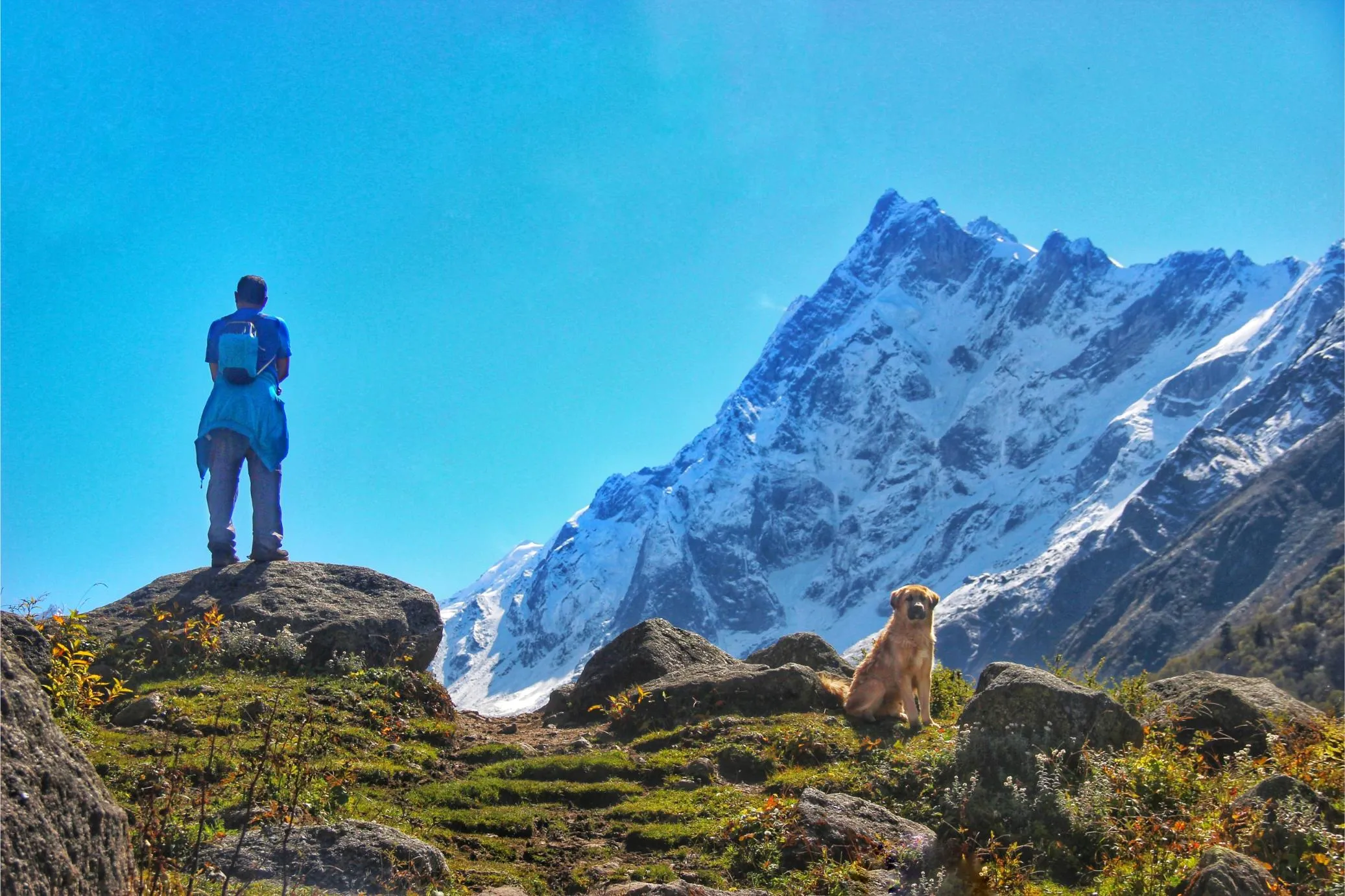
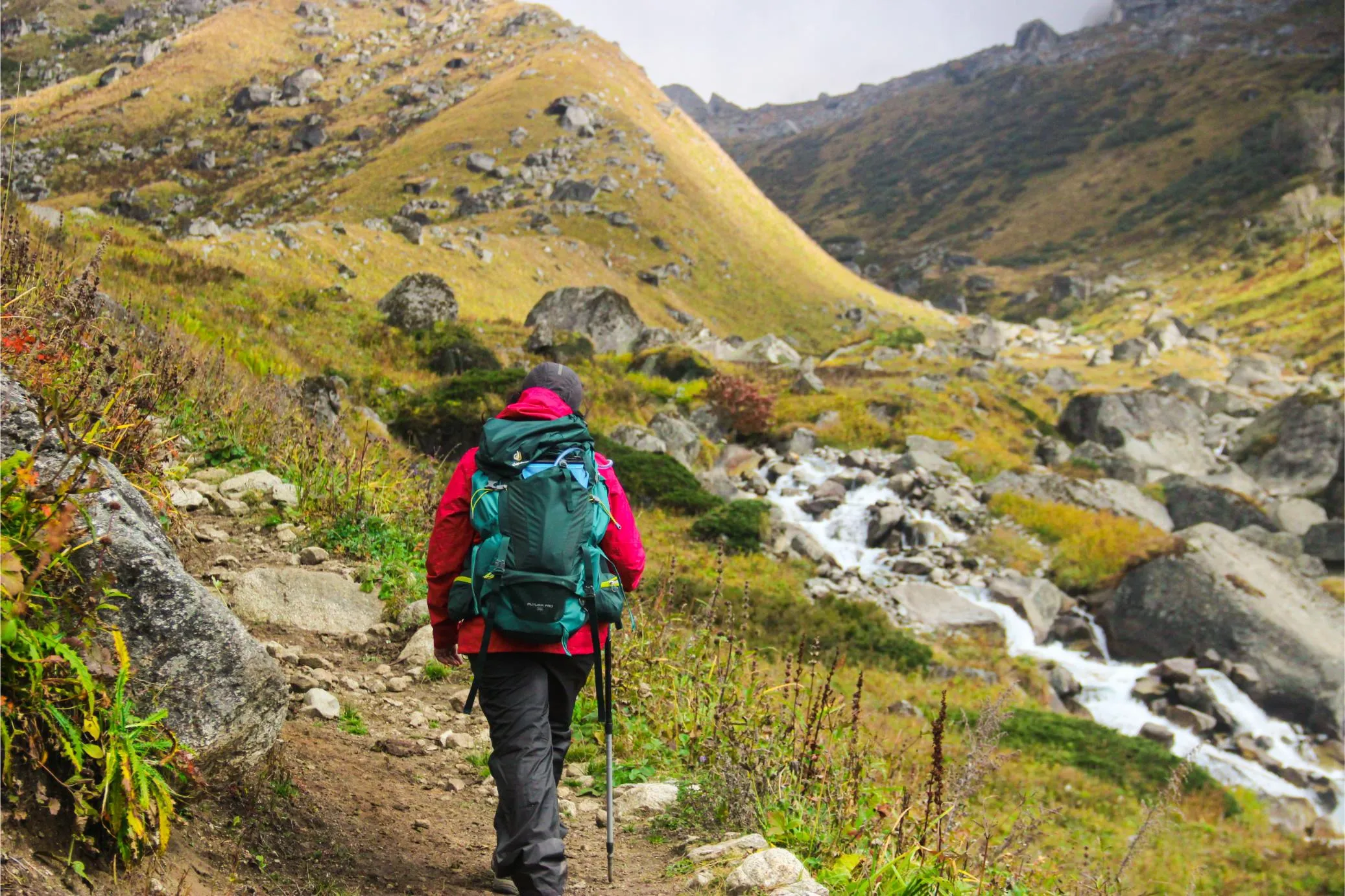
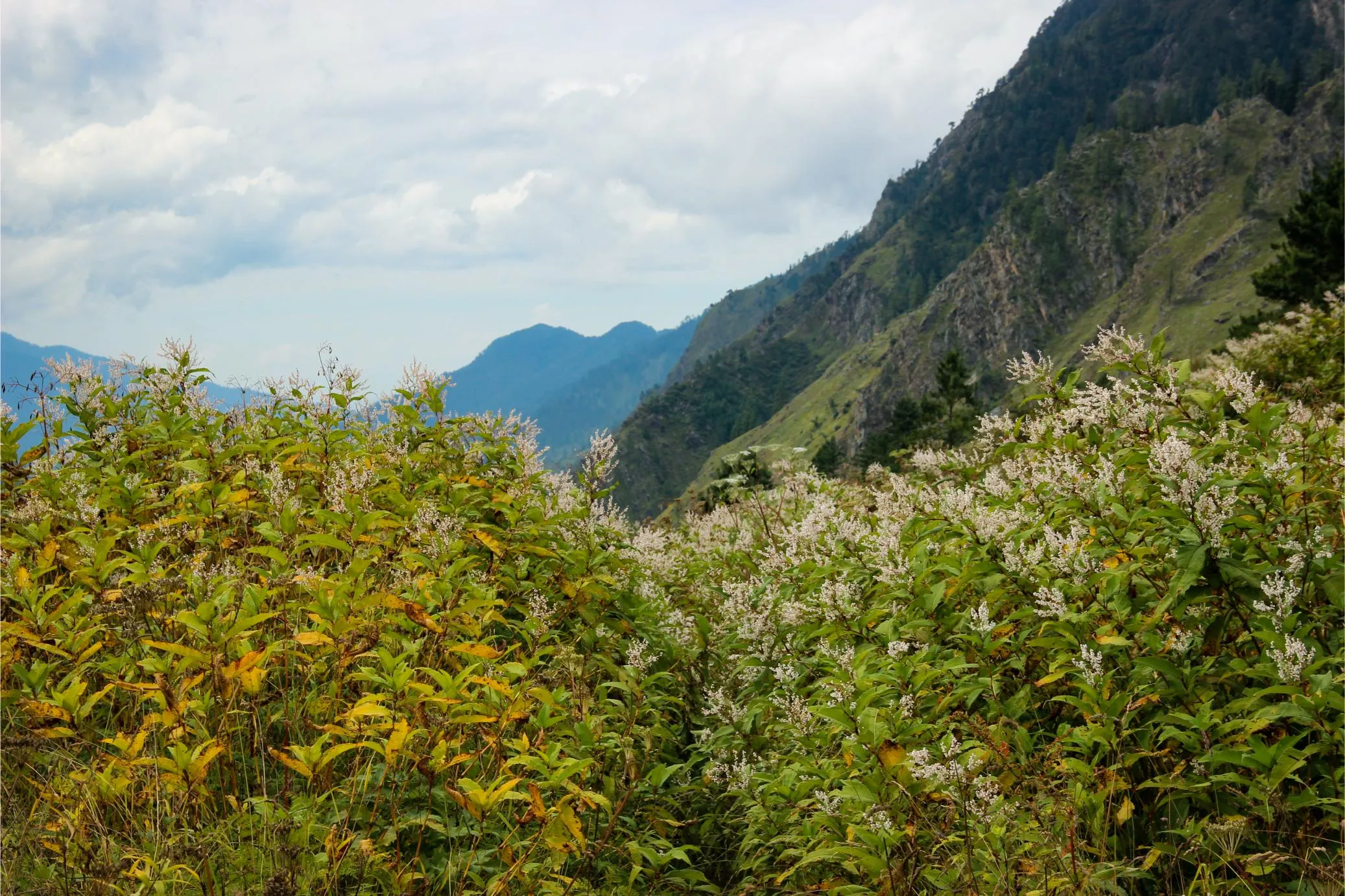
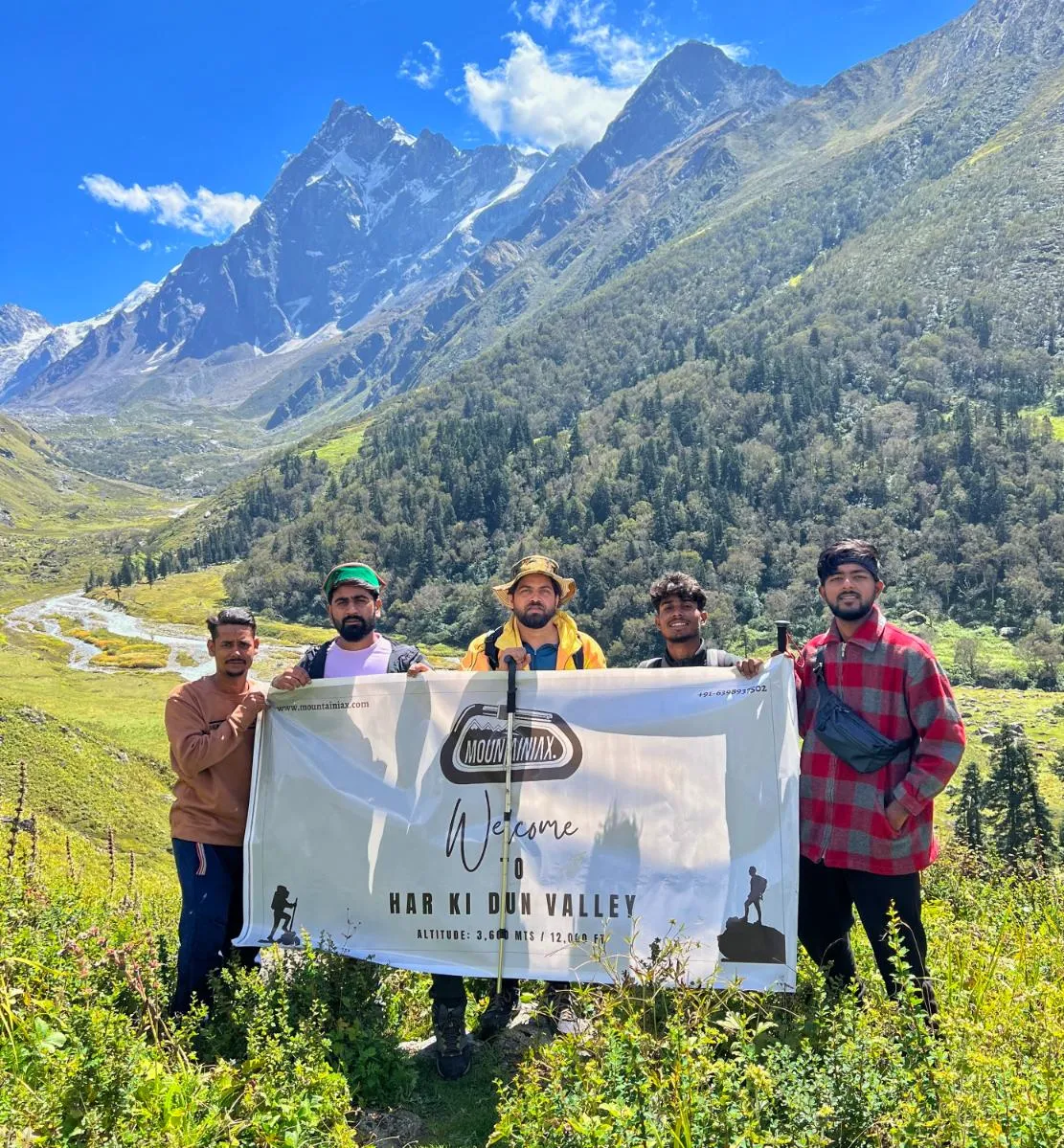
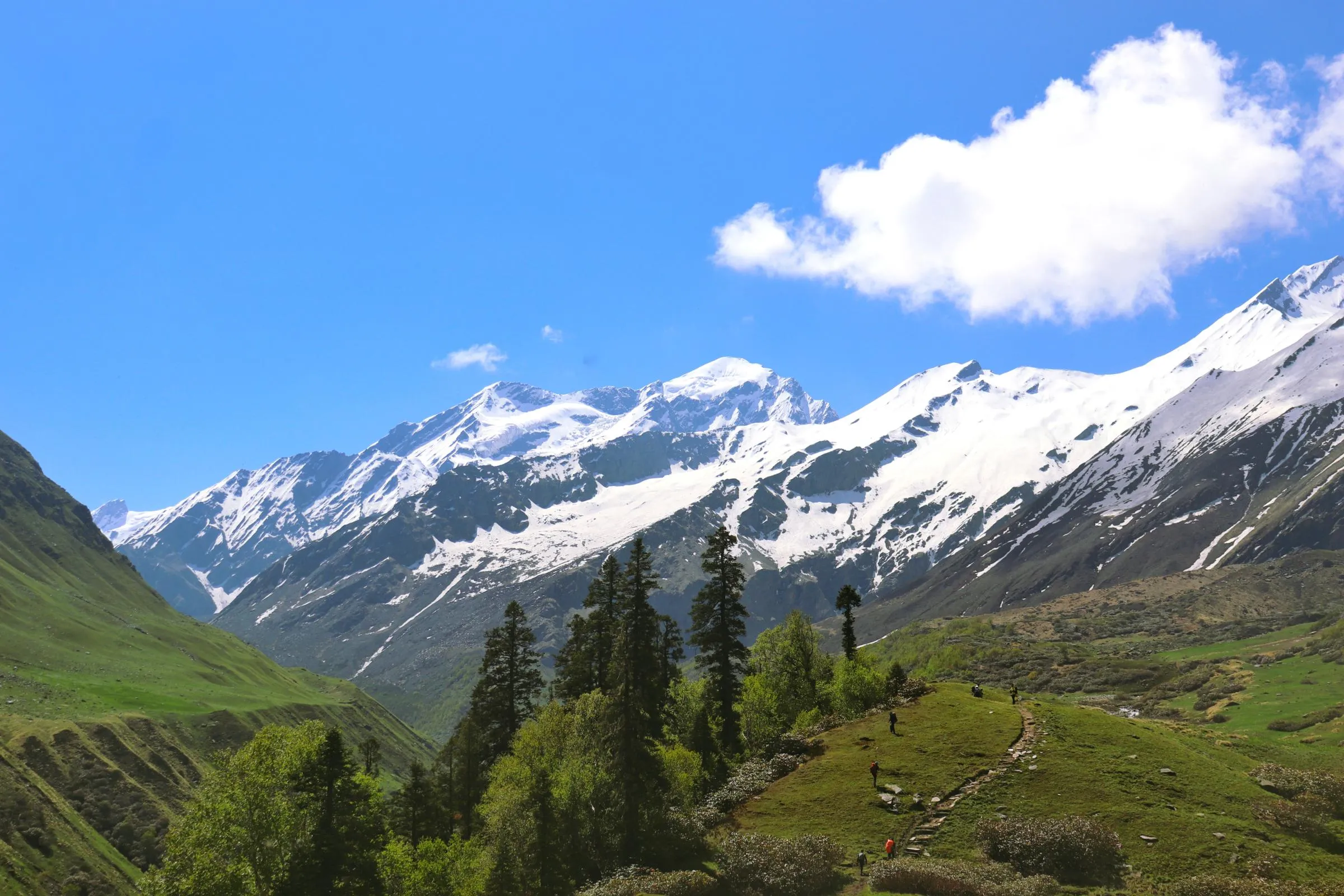
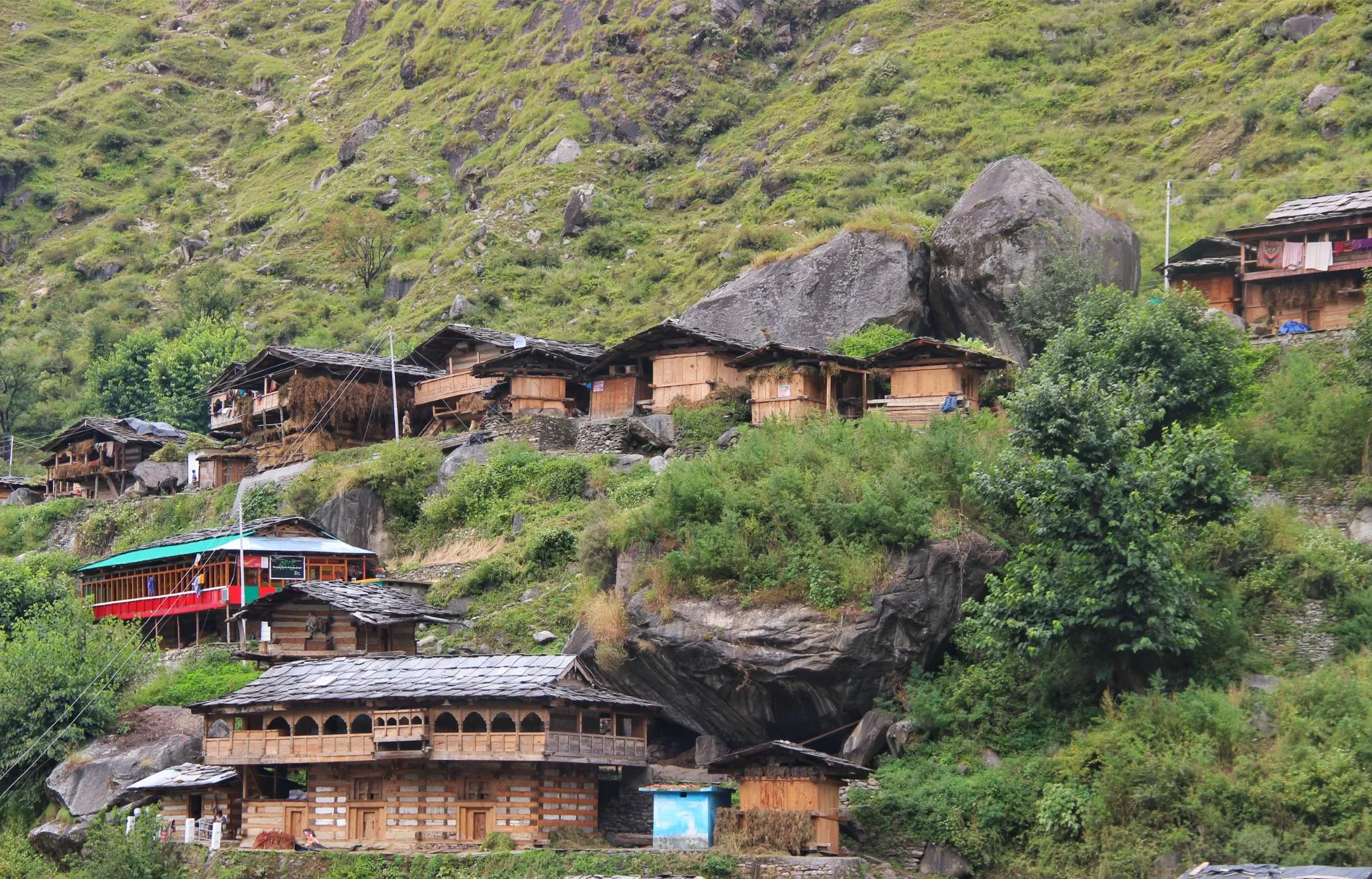
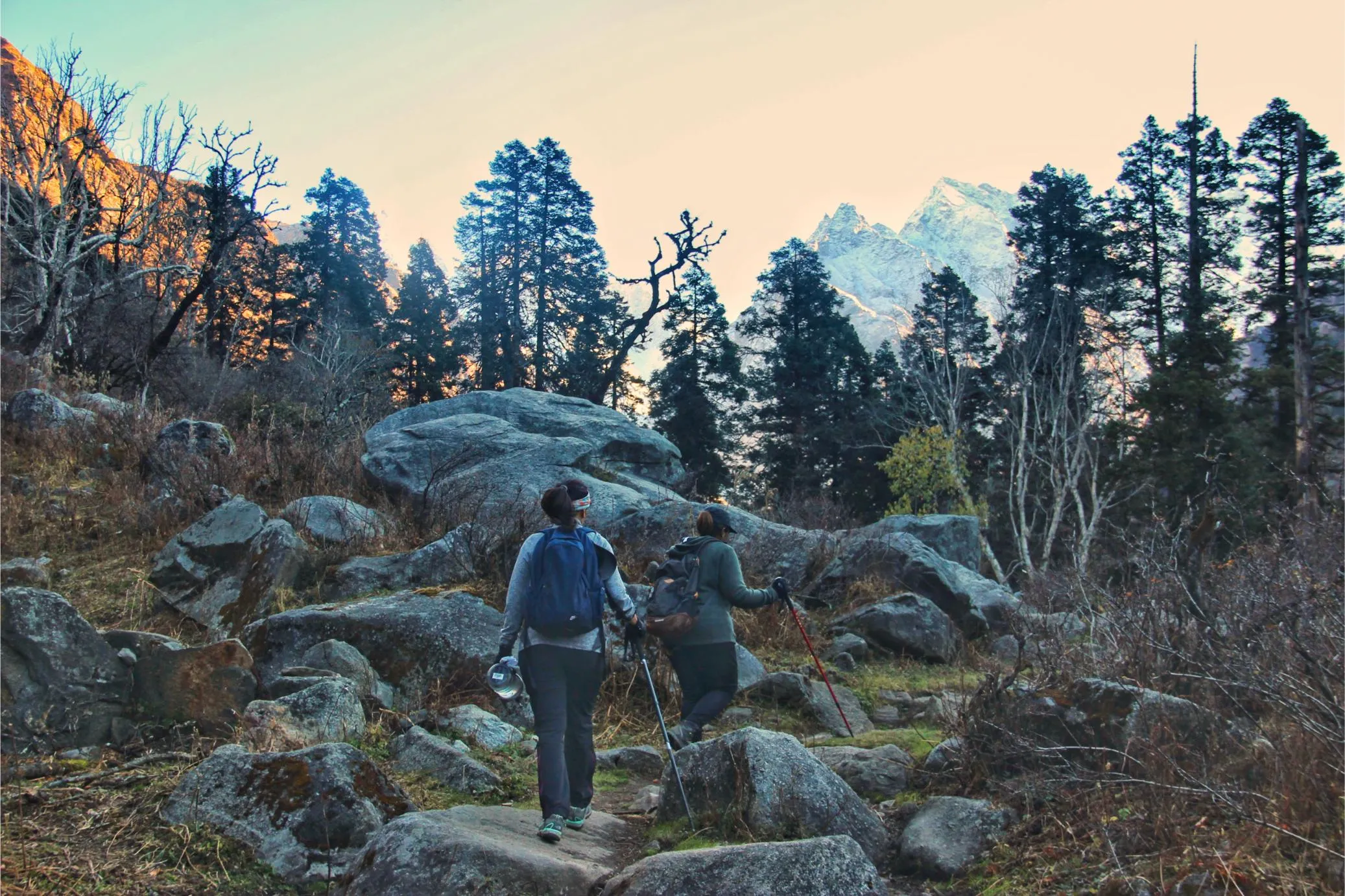
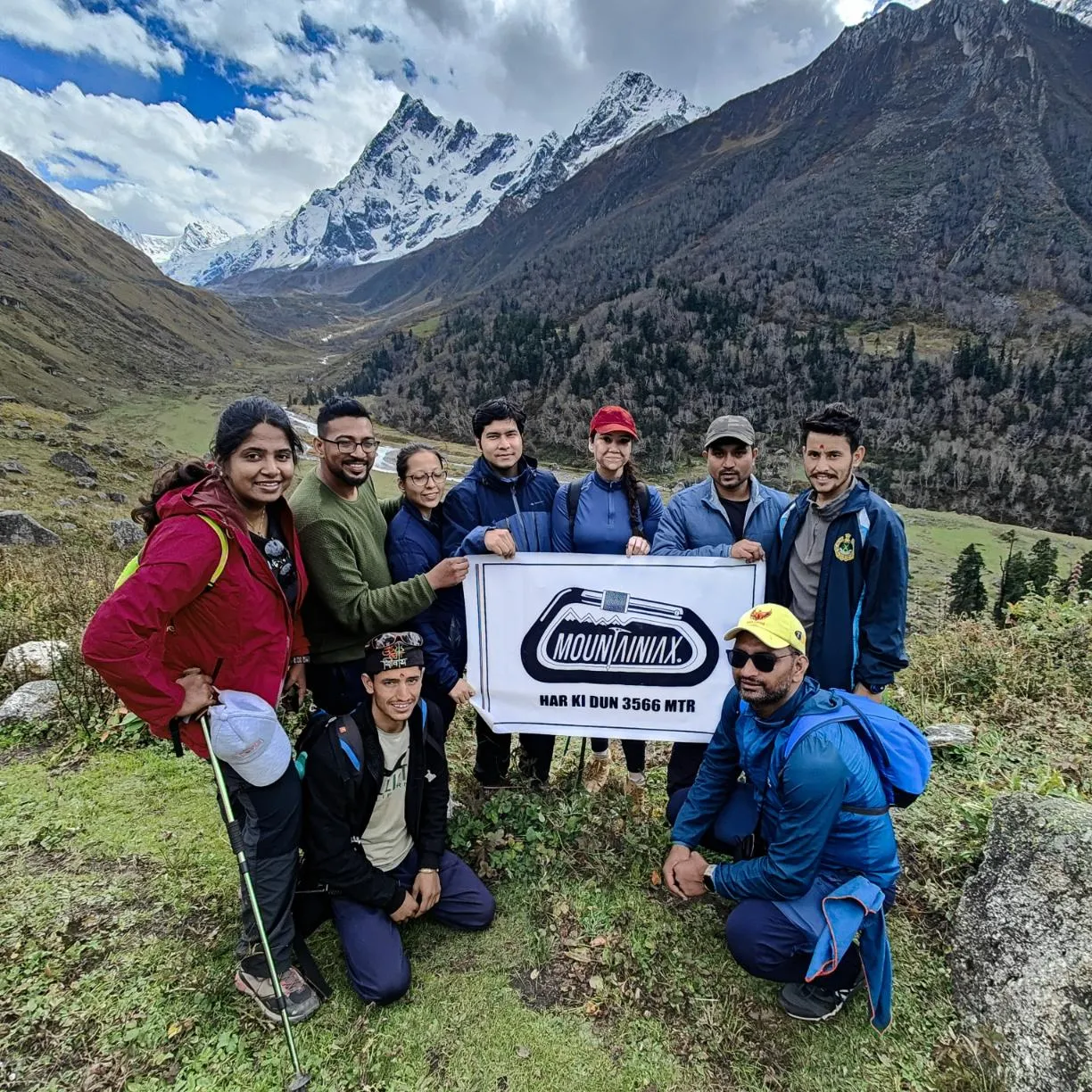

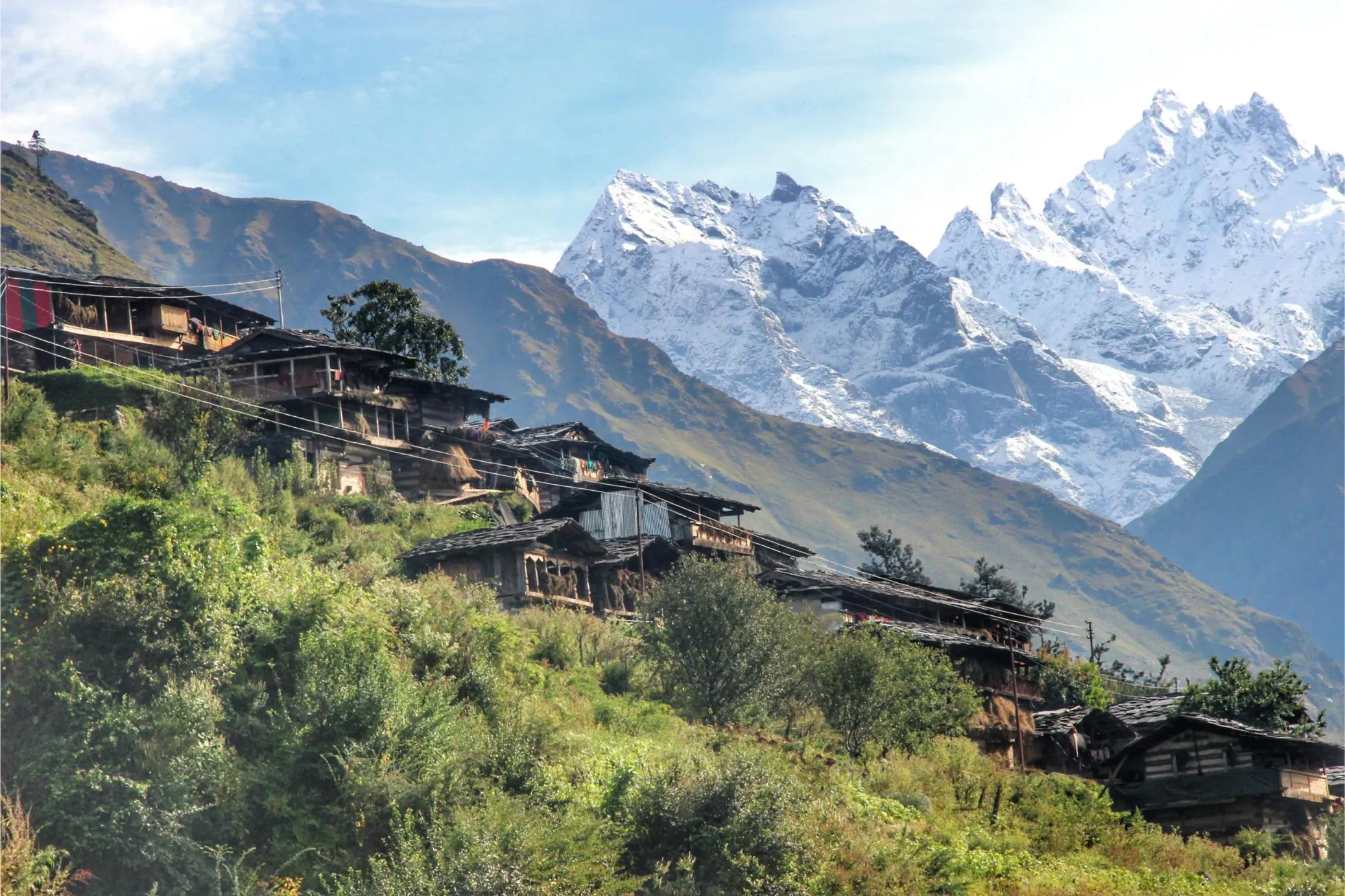
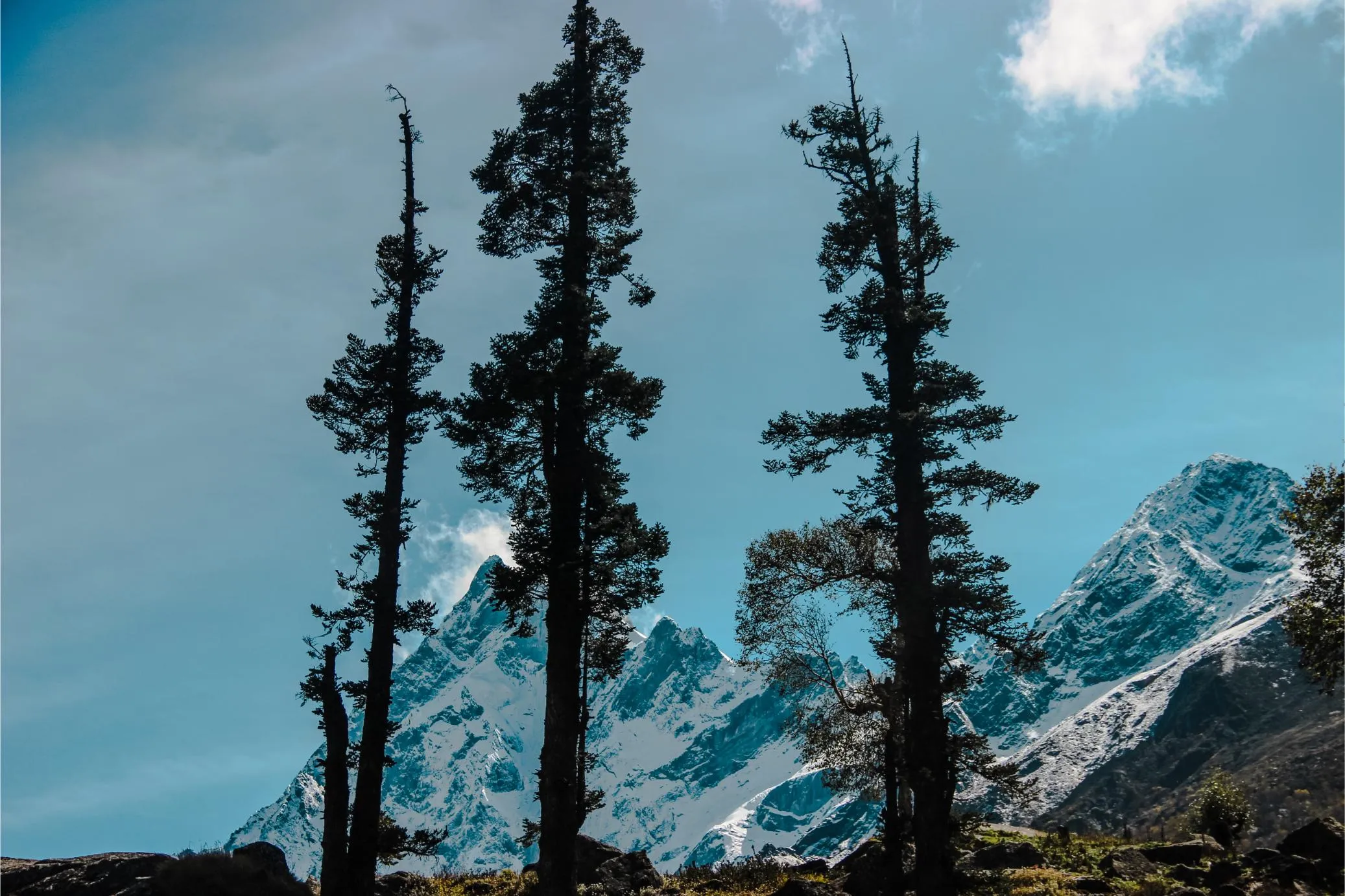
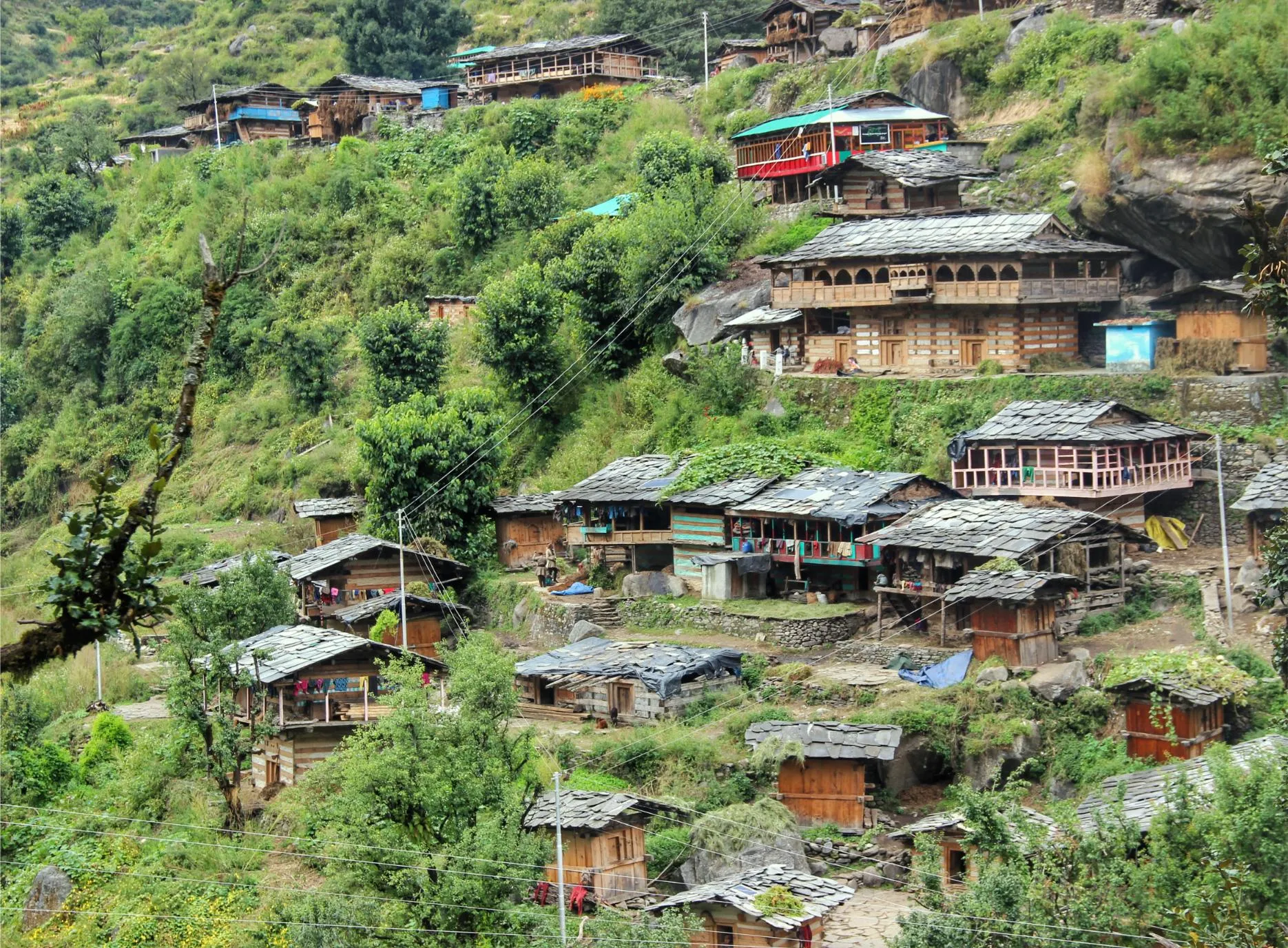
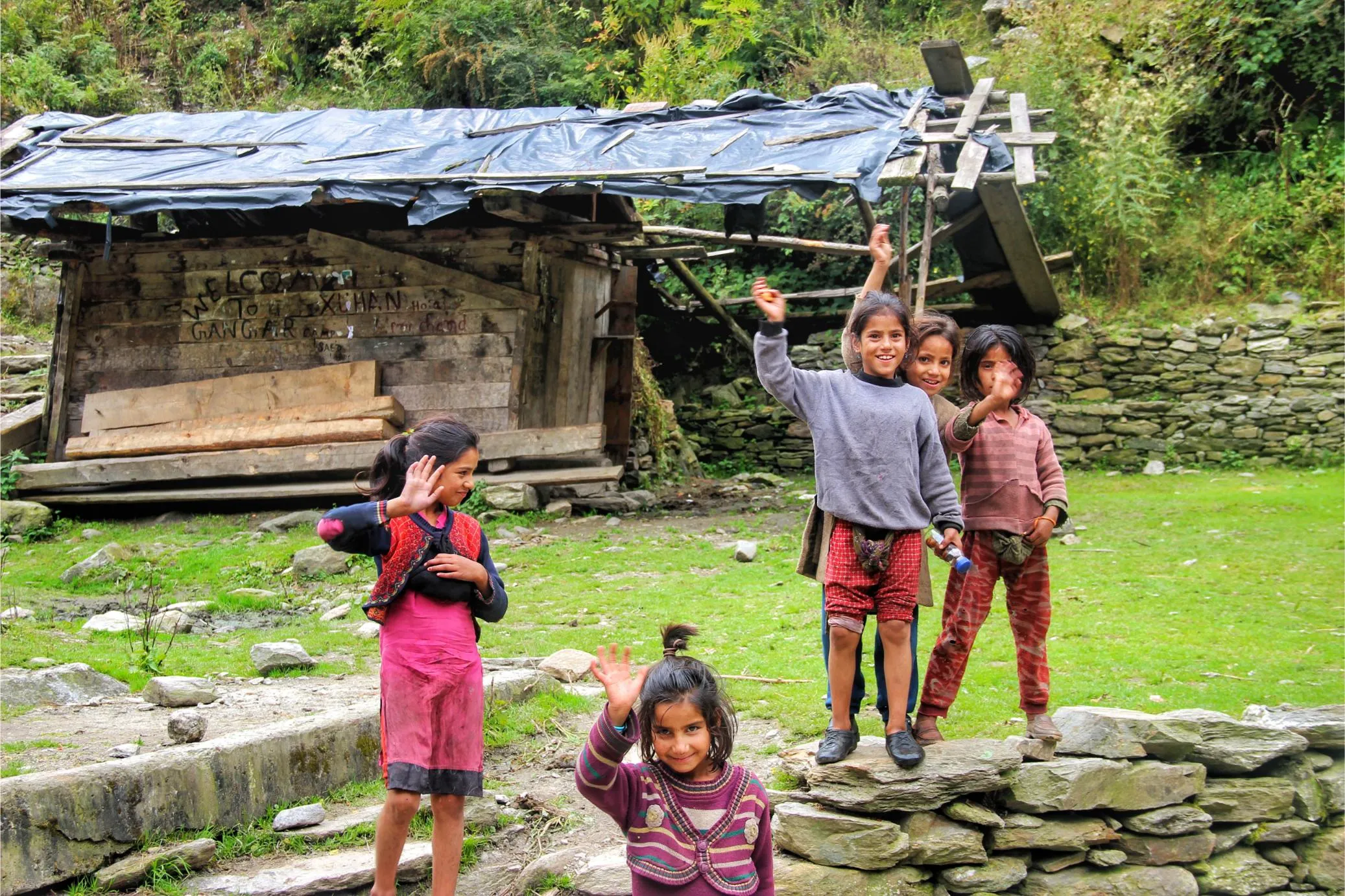
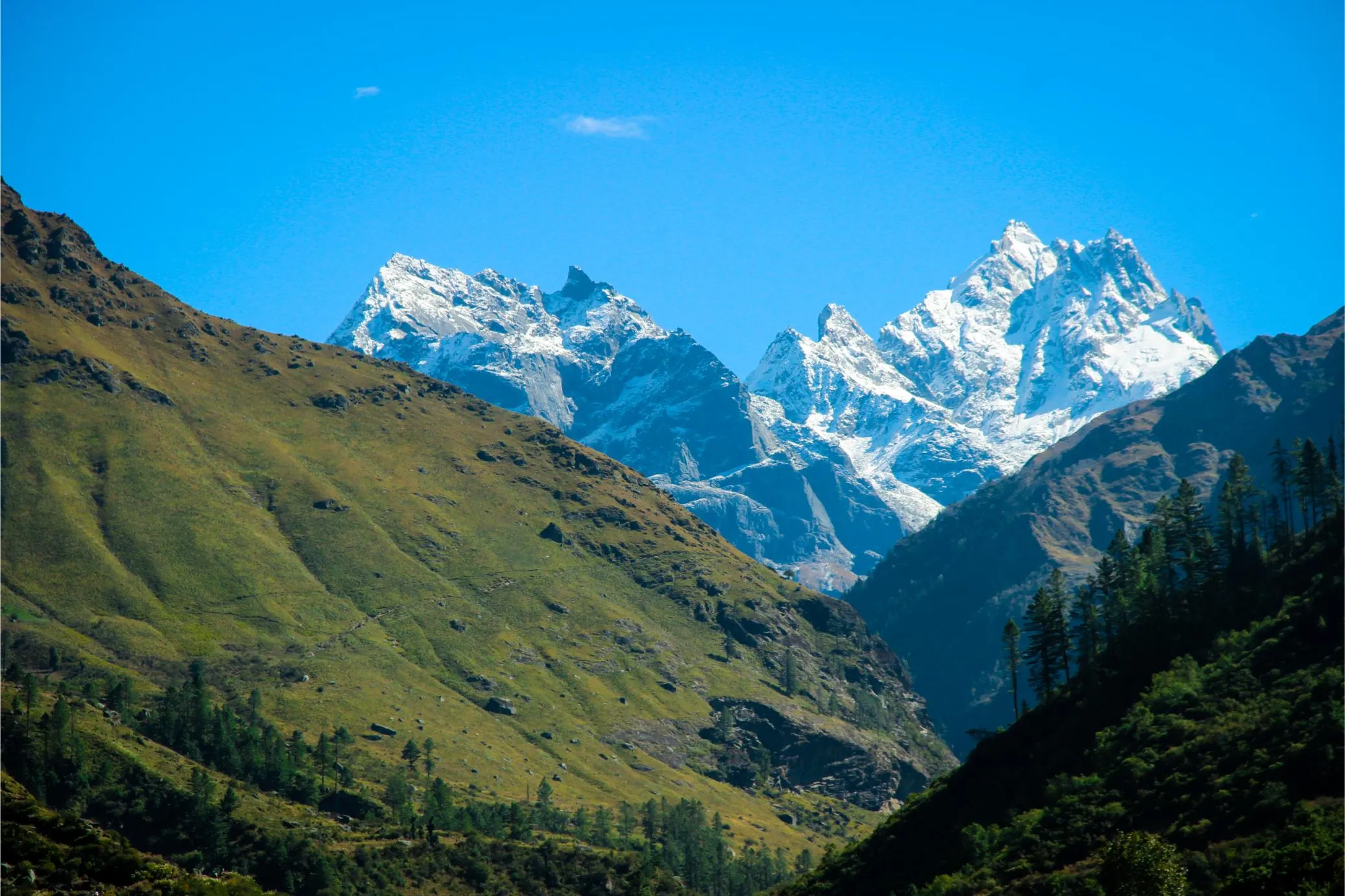
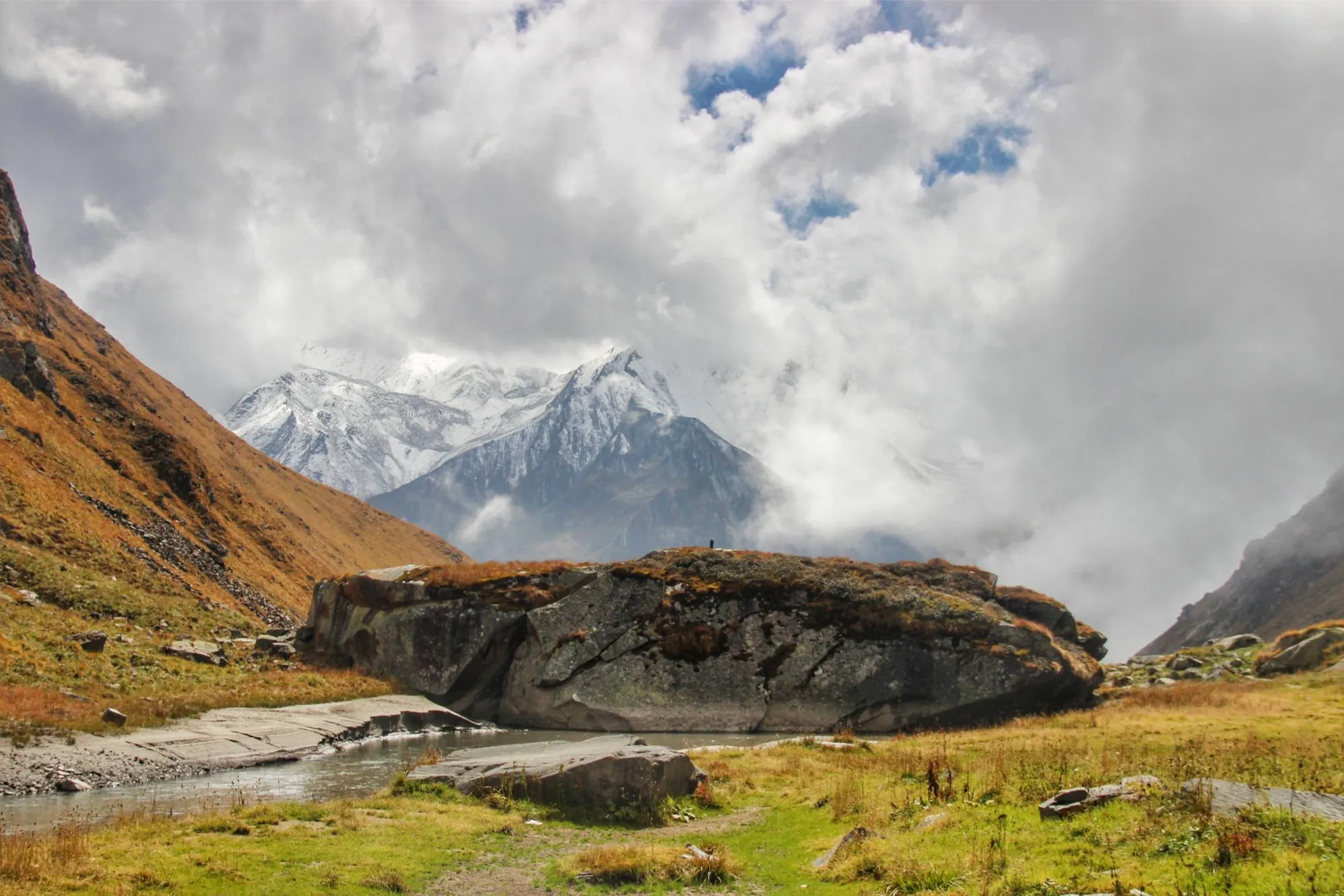
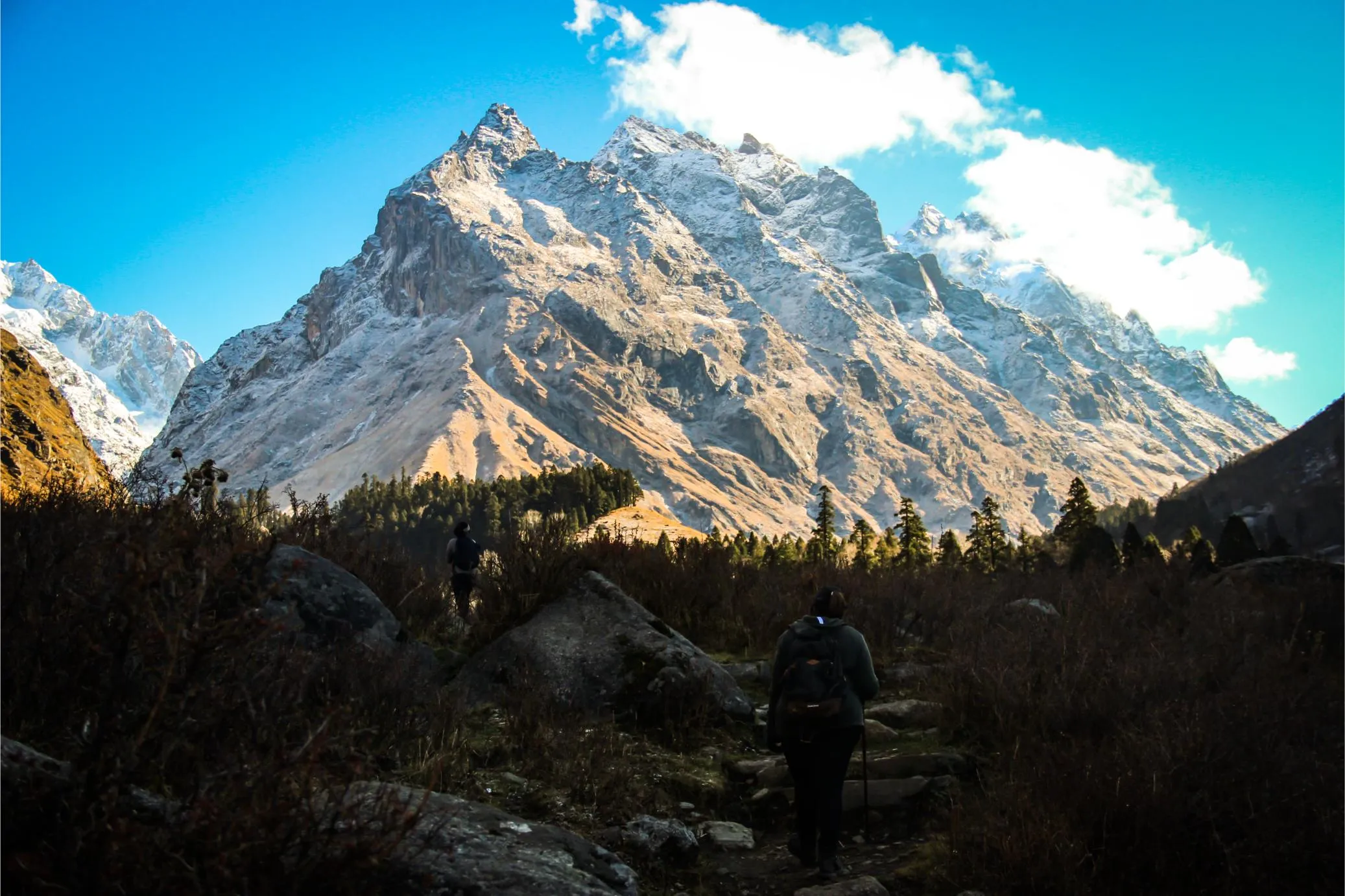
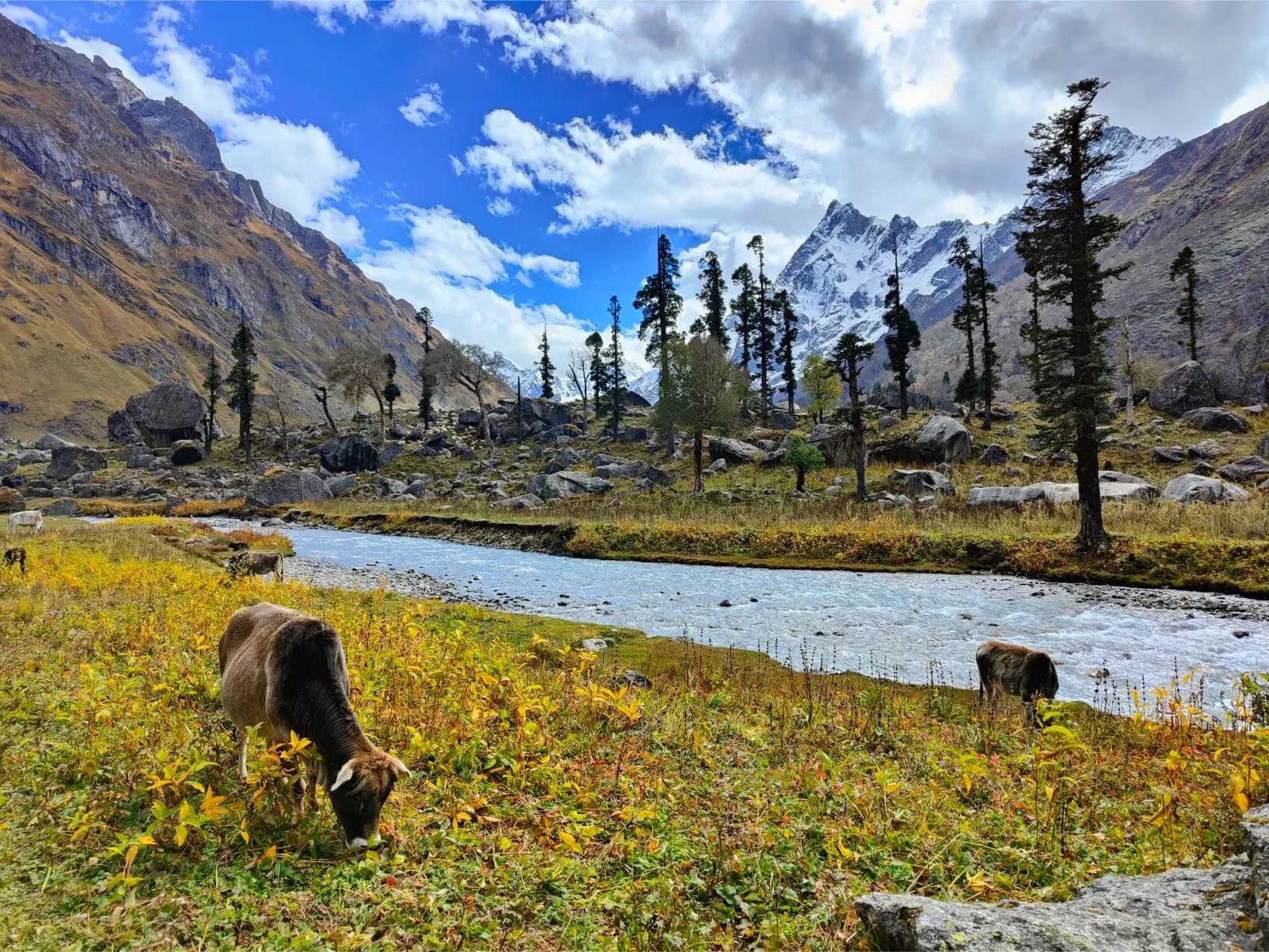
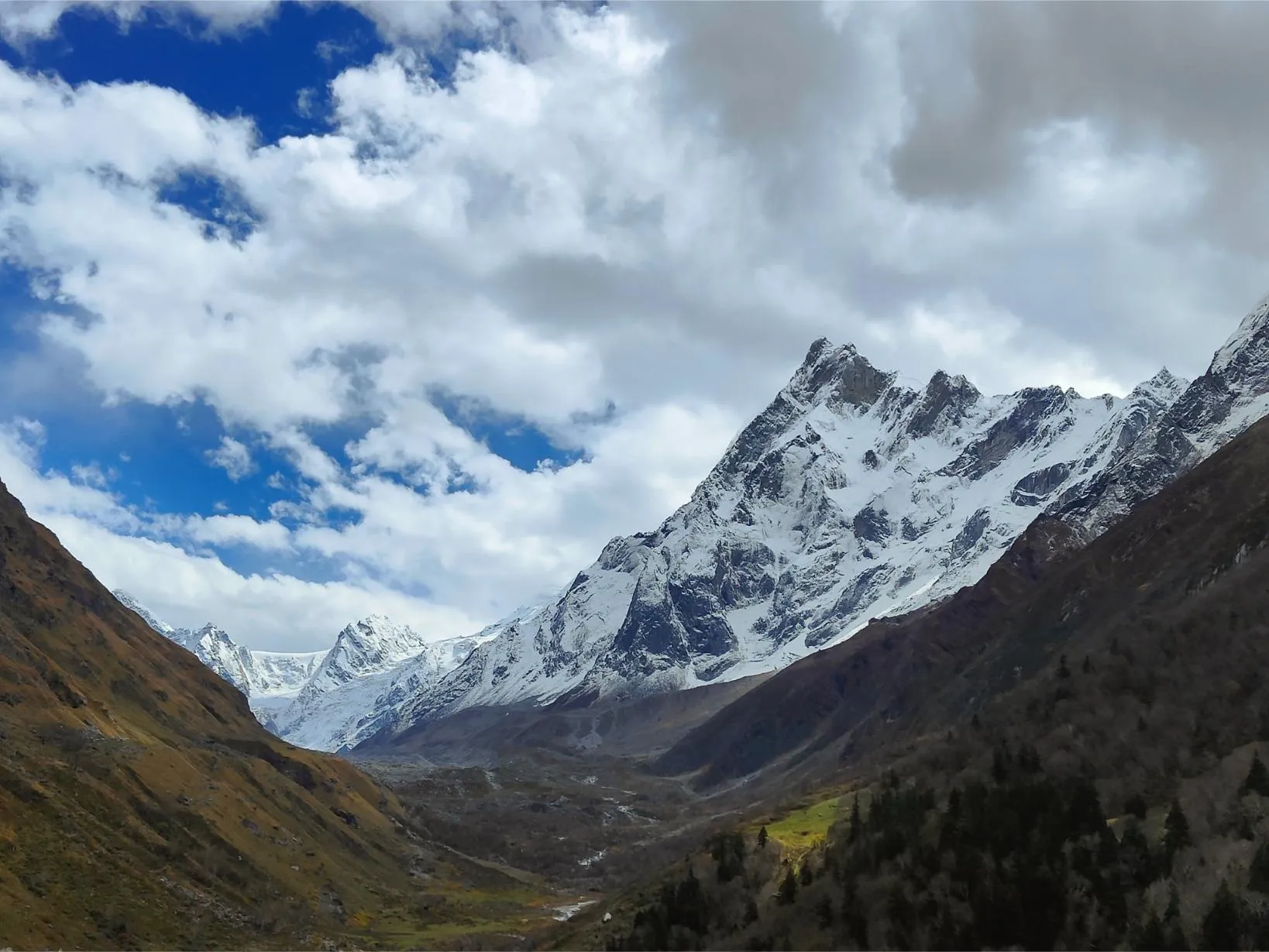

How difficult is the Har Ki Dun Trek?
The Har Ki Dun Trek is considered moderate in difficulty, making it suitable for both beginners and experienced trekkers. The trail involves gradual ascents and descents, with a few steep sections. A basic level of fitness is recommended to enjoy the trek comfortably.
What kind of accommodation is available during the trek?
Your trek starts and ends in Sankri, where you’ll stay in cozy homestays or guesthouses, offering a warm welcome and a glimpse into local life. During the trek, accommodation is in tents at scenic campsites, equipped with sleeping bags and mats for comfort. For some batches, we also offer homestays in villages like Osla, letting you experience the local culture up close. Whether in a tent or a homestay, your stay will be comfortable and memorable.
Is mobile network available during the trek?
Mobile networks of JIO/Airtel is available only until Sankri. Beyond that, connectivity is sporadic or non-existent. It’s a great opportunity to disconnect from the digital world and immerse yourself in nature.
What type of meal in provided during the trek ?
At Mountainiax, we provide vegetarian meals during the trek, including breakfast, lunch, and dinner. The meals are simple yet nutritious, consisting of dal, rice, roti, vegetables, and snacks like soup and noodles.
Are there any age restrictions for the Har Ki Dun Trek?
There are no strict age limits, but the trek is ideal for individuals aged 12 to 50 years. Younger trekkers must be accompanied by adults, while older trekkers should ensure they are physically fit. If you’re above 58 years, you’ll need to submit a Treadmill Test (not older than 12 months) within a week of registration. Additionally, you should be able to jog 5 km in 45 minutes to ensure you’re prepared for the trek.
Can I do the Har Ki Dun Trek without prior trekking experience?
Absolutely! The Har Ki Dun Trek is beginner-friendly, and many first-time trekkers complete it successfully. However, it’s a good idea to prepare by doing some basic cardio exercises or short hikes to build stamina.
Is the Har Ki Dun Trek safe for solo trekkers?
Yes, the Har Ki Dun Trek is safe for solo trekkers, but it’s always advisable to trek with a guide or a group. The trail is well-marked, but having a guide ensures you stay on the right path and have assistance in case of emergencies. Additionally, trekking in a group adds to the fun and camaraderie.
What is the pickup time and pickup point in Dehradun?
The pickup time is between 6:30 AM to 7:00 AM from Prince Chowk, located near the Dehradun Railway Station. Make sure to arrive on time to avoid delays in starting your journey to Sankri.
Is there a cloakroom to keep extra luggage while going on the trek?
Yes, Mountainiax Homestay in Sankri provides a facility to store extra luggage before starting the trek.
Is the har ki dun trek safe for solo women trekkers?
Yes, we ensure safety for women trekkers. Our groups have a friendly and secure environment, and we have trained trek leaders to assist throughout the journey.
What facilities are provided on the trek?
We offer comfortable tents, sleeping bags, nutritious meals, first aid, trekking guides, and porters (on request). Basic stay options in villages are also available. You can go through Inclusions for more information.
Can I rent trekking gear from Mountainiax?
Yes, we offer trekking shoes, jackets, trekking poles, backpacks, and other gear for rent at affordable prices. Booking in advance is recommended.
I am above 55 years old. Can I do this trek?
Absolutely! Many seniors successfully complete the trek. We recommend a basic fitness routine before joining and consulting a doctor if necessary. Our team provides extra support as needed.
Can I do this trek with my family and kids?
Yes, families and kids above 10 years can join. The trek is a great way to explore nature together. We ensure safe camping, nutritious food, and well-paced itineraries for families.
Are mobile networks available during the trek ?
Mobile network is available only until Sankri. Beyond that, connectivity is sporadic or non-existent. It’s a great opportunity to disconnect from the digital world and immerse yourself in nature.


Our goal is to encourage sustainable tourism in offbeat destinations of the Himalayas. We want more people to get out of the main trekking hubs & experience themselves and the planet on a new more meaningful level.
All Content & Photos Copyrighted by Mountainiax © 2025